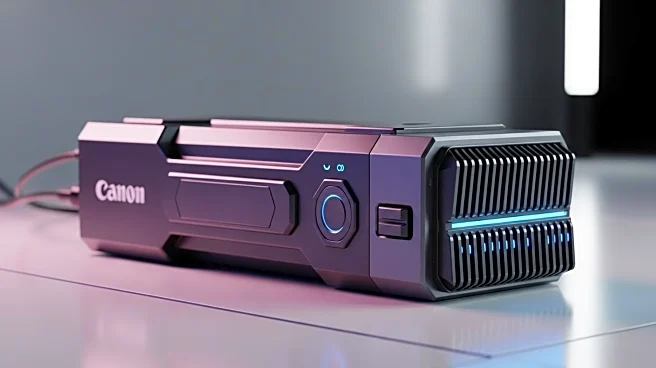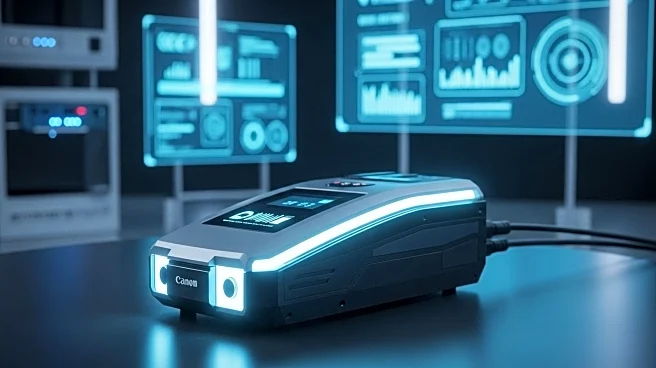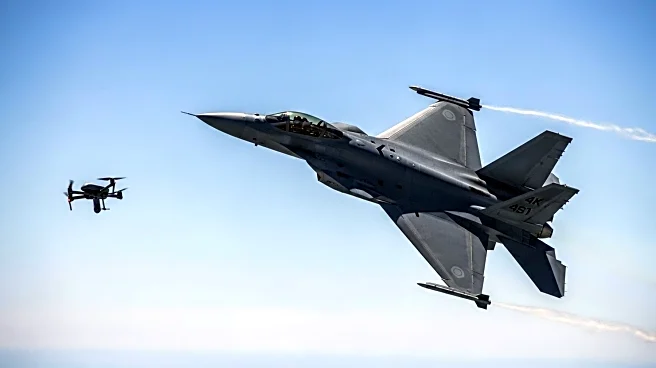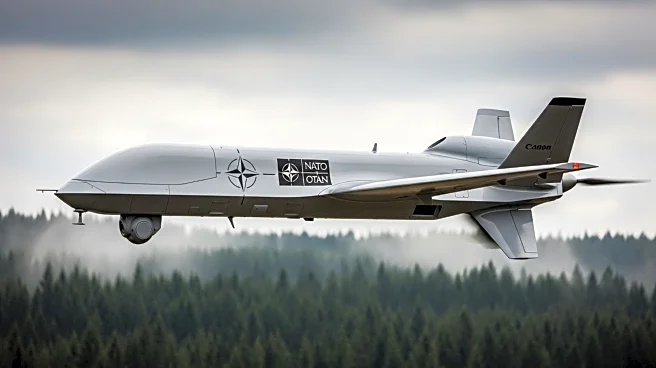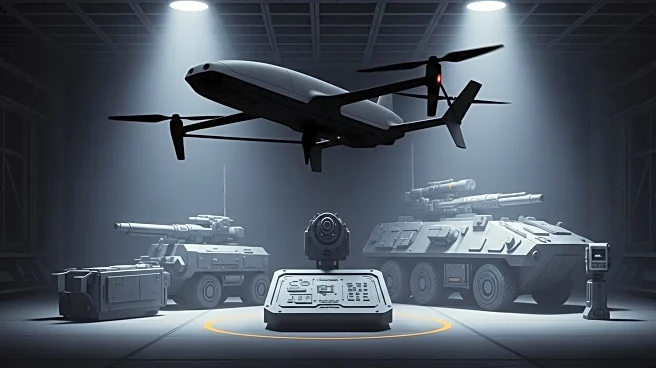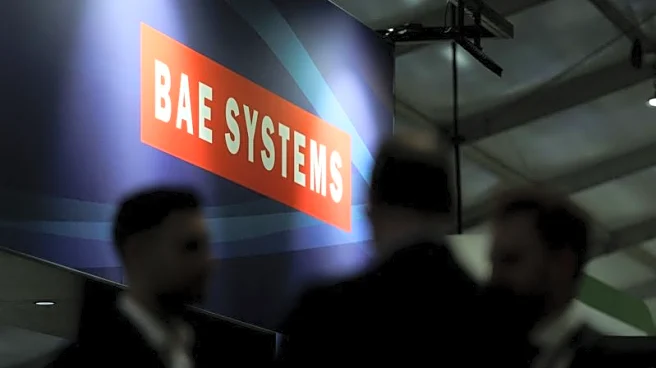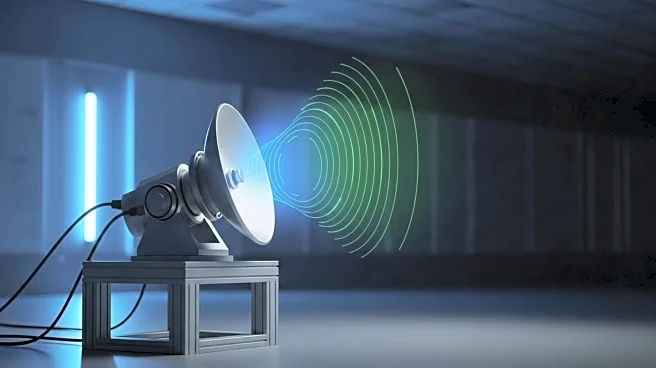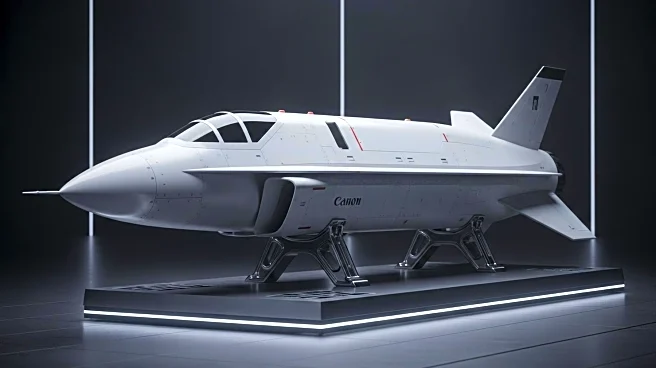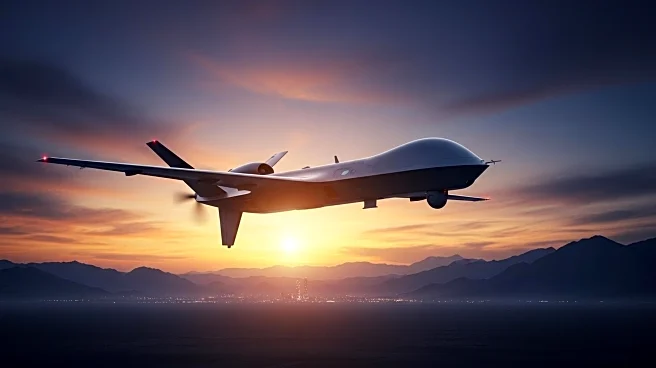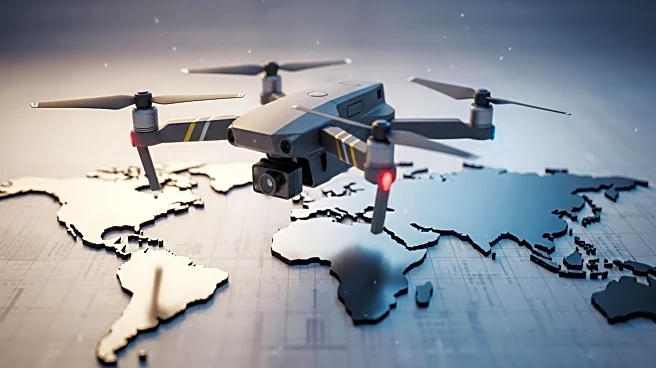What's Happening?
Leonardo, a prominent player in electronic warfare systems, is actively pursuing the U.S. market with its BriteStorm jammer system. The company aims to leverage the Pentagon's Foreign Comparative Test program to introduce its technology to U.S. defense operations. This move follows the successful integration of Leonardo's BriteCloud expendable decoy on the U.S. Navy's F-35C aircraft, which has sparked interest among other users of the Lockheed Martin fighter for broader adoption. The BriteStorm system, designated AN/ALQ-260(V) in the U.S., has already seen operational use with Navy F-35s and is set for adoption on the F/A-18E/F. Leonardo is also collaborating with the UK to enhance the BriteCloud system to address evolving threats, with upgrades expected to be available next year.
Why It's Important?
Leonardo's expansion into the U.S. market with its BriteStorm jammer system signifies a strategic move to strengthen its presence in the defense sector. The adoption of its technology by the U.S. Navy highlights the growing demand for advanced electronic warfare solutions amid increasing global security challenges. This development could lead to significant business opportunities for Leonardo, as success in the U.S. market often serves as a catalyst for entry into other international markets. Additionally, the integration of such systems into U.S. military operations underscores the importance of maintaining technological superiority in defense capabilities, potentially influencing procurement strategies and defense policies.
What's Next?
Leonardo plans to continue demonstrating the BriteStorm system to other European users, particularly NATO member states, as they seek to address electronic attack needs. The company is also focused on evolving its BriteCloud system to ensure its relevance against emerging threats. As the upgraded cylindrical version, known as the 55T, becomes available for frontline use next year, Leonardo anticipates further testing and adoption by various countries. The ongoing collaboration with the UK and other stakeholders will likely drive innovation and adaptation of electronic warfare technologies, potentially leading to new partnerships and contracts.


